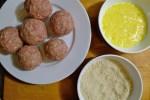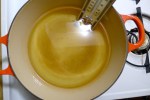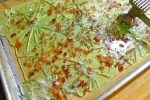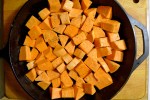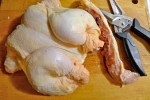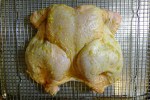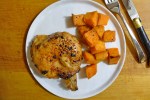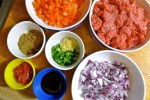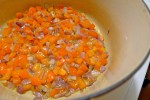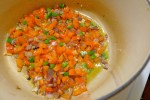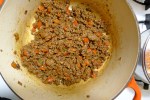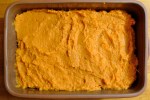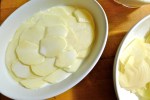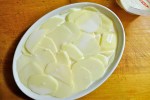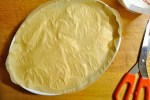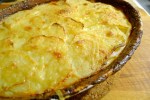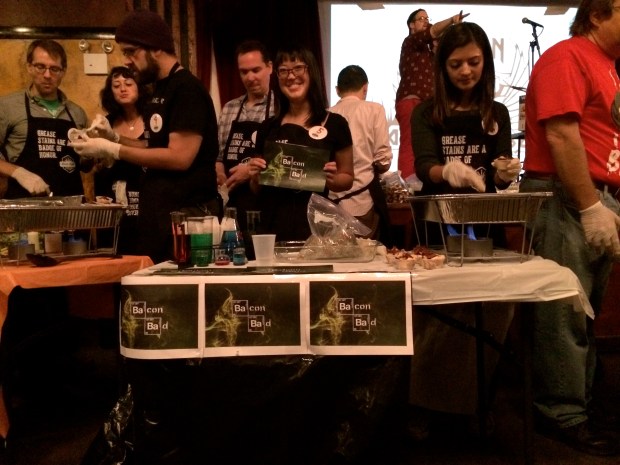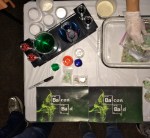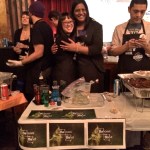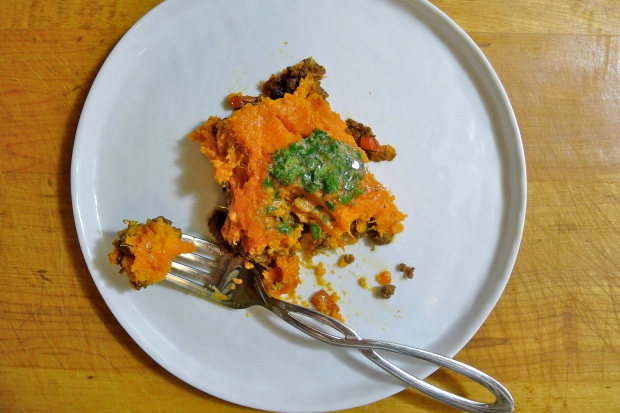
Considering the extent of my bacon advocacy, most people are surprised to find out that I used to be a vegetarian. That was not a choice based on any kind of moral imperative. Instead, it was the best way that my 14-year-old self think of to annoy my mother. Now you would think that vegetarianism would have gotten old after a couple of weeks, but I was stubborn teenager and persisted in my gastronomic rebellion for twelve long and meatless years.
I didn’t just annoy my mother, I baffled my relatives who had never heard of Tofurkys until they were forced to procure them. My friends would collectively roll their eyeballs heavenward each time that I complained about the lack of vegetarian options on a restaurant menu. I irritated significant others to no end because it frankly sucks to not share food that you are really enjoying.
So it stands to reason that on the night before my undergraduate commencement ceremony, I would have my vegetarian graduation celebration at a barbecue restaurant.
Yes, you read that correctly.
What prompted such a paradoxical decision? You see, one of the last classes that I took at my alma mater was a cultural anthropology course on food — which ended up being a prescient choice since many of the books on that syllabus found their way into the bibliography of my dissertation. I had an amazing professor who had a number of terrific guest speakers come to talk to the class, one of first of which was Chris Schlesinger who was still at the East Coast Grill (he has since sold it to the former head chef, now chef/co-owner Jason Heard).
Until that class, I had never really thought that much about food apart from how much I liked to eat it. It never occurred to me that you could craft an approach to food that could be just as thoughtful, complicated, and elegant as any in literature, or that taste — both sensory and esthetic — could be a marker of identity, a beginning of a journey, or an end to one.
In any case, Schlesinger’s passion, dedication, and approach to big, bold American flavors made quite the impression. I also remember how he wasn’t adverse to vegetables being on a barbecue menu, which is how my friends and my family ended up at his restaurant graduation eve.
I don’t remember exactly what I ate that night (probably macaroni and cheese), but I do remember that the food was good and my dad was happy that he wasn’t forced to eat another avocado burrito in a New Age-y bookstore that smelled like patchouli, incense, and beans.
This recipe is adapted from Schlesinger’s How to Cook Meat, published the same year that I graduated. I bought the book to remember that night despite not cooking nor eating meat at the time. Who would have known how useful it would turn out to be a few years later when I was no longer a vegetarian and really did want to know how to cook meat!
I must admit that the first time that I made this dish, I wasn’t impressed; I found it too sweet and the flavors a little too weird. However, after years of vegetarianism, I probably just had no idea what I was doing. Now things are different (or back to “normal,” depending how you think about it). I find the combination of flavors to be complex, rich, and deeply satisfying on cold nights like the ones that we have been having here on the East Coast.
I’ve tinkered with the recipe over the years, making it a little less sweet (tomato paste substituted for ketchup; blackstrap for plain old molasses), and deepening the flavors a little more (roasting instead of boiling the sweet potatoes). The recipe easily doubles as the one given below is the proportions of the original halved.
Like any recipe that you have made your own, its evolution is indicative of where you come from and where you are going. In essence, that is the wonderful thing about recipes in general: they all tell a story and this is one of mine.
Ingredients:
For the compound butter:
1 stick of unsalted butter at room temperature
1 tablespoon of A.1. Steak Sauce
1 tablespoon of fresh parsley, finely chopped
Flaky salt and freshly ground pepper to taste
For the cottage pie:
2 large sweet potatoes
1/2-2/3 of a cup of half-and-half
1 tablespoon of butter
2 tablespoons of olive oil
1 large red onion, chopped
1 red bell pepper, cored, seeded, and diced small
2-3 garlic cloves, minced
1 small jalapeño pepper, seeded and minced
1/2 a tablespoon of ground cumin
1/2 a tablespoon of ground coriander
A scant pinch of ground cinnamon
1 pound of ground beef
1 tablespoon of tomato paste
1 tablespoon of blackstrap molasses
How to prepare:
1. Preheat the oven to 400°.
2. To make the A.1. compound butter, combine the room temperature butter, the steak sauce, and the chopped parsley in a small bowl. Season the butter with flaky salt and freshly ground pepper to taste. Spoon the butter onto a piece of parchment or waxed paper, roll it into a cylinder, and refrigerate it until firm.
3. Prick the sweet potatoes all over with a fork. Place them directly on the wire racks of your oven and roast them until they can be easily pierced with a knife, about 40 minutes.
4. While the sweet potatoes are roasting, heat the olive oil in a large sauté pan or Dutch oven set over medium heat. Sauté the onions and diced bell pepper until the onions begin to turn golden, about 8 minutes. Add the garlic, the minced jalapeño, and the spices. Let them sizzle them for about 1 minute before adding the ground beef. Cook the ground beef until it is browned, crumbly, and no longer pink. Pour off any excess fat in the pan before stirring in the tomato paste and the blackstrap molasses. Adjust the seasoning.
5. When the sweet potatoes are cooked through, remove them from the oven and let them rest. Lower the temperature of the oven to 350°.
6. When the sweet potatoes are cool enough to handle, peel them and discard the skins. Mash them with a tablespoon of butter and 2/3 of a cup of half-and-half. As the mixture should be on the loose side, add more half-and-half if needed. Season with salt and pepper.
7. Spread an even layer of the ground beef mixture over the bottom of a casserole or baking dish. Gently top the ground beef mixture with the mashed sweet potatoes. Bake until the filling is bubbly, about 40 minutes.
8. Remove the casserole dish from the oven and let it rest for about 5-10 minutes. To serve, you can either dot the top of the casserole with the compound butter before dividing it into portions, or you can top each individual serving with a slice of the compound butter.



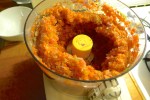
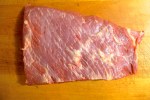




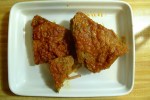



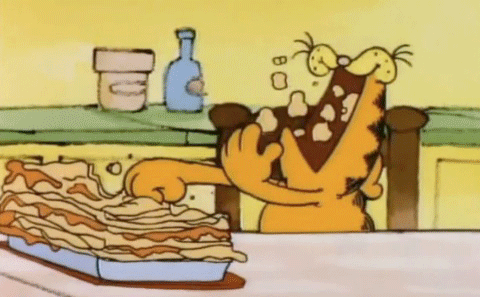

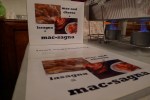


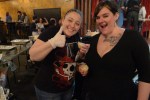





 The first really, truly mind-blowing Scotch egg that I ever had was at
The first really, truly mind-blowing Scotch egg that I ever had was at 



